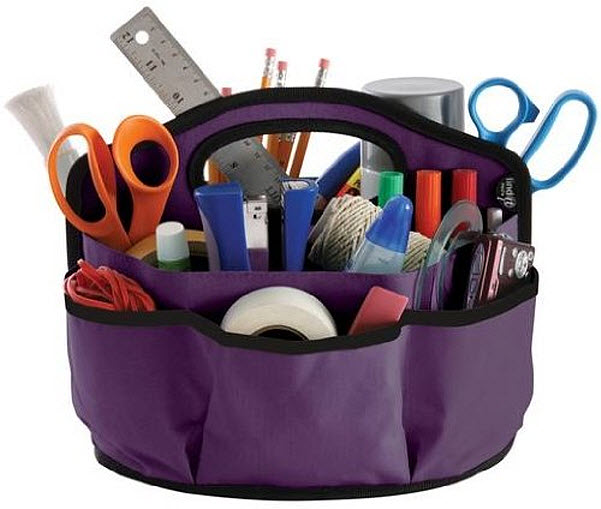Blog
Creating a Study-Friendly Environment
Until fairly recently, the prevailing wisdom around “study spaces” was that a student needed a specific space in her home (usually a desk in her bedroom) where she could retreat in isolation each night to do her homework. While the basis of that premise still holds true (the right conditions can make a big difference in students’ focus), research has shown that creating a study-friendly environment free from distractions is the best way to help students focus and do their best work. In fact, more recent research indicates that studying in different environments (rather than that one study nook we were all taught to create many years ago) can actually be helpful in retaining what one learns. The idea is that helping your child develop the ability to learn in a variety of appropriate environments will create the type of more generalizable, flexible study habits that can be utilized regardless of her surroundings. So while some of the rules have changed, there are still a few important keys to creating study-friendly environments:
- Develop a Routine: Designate a (fairly) regular time for your student to do homework, and make sure she has adequate time to complete her assignments. Starting five minutes before dinner or in the fifteen minutes before she has to leave for soccer won’t help her develop the good study habits she needs. Make sure that if your child needs a snack, that time is planned into her study schedule- preferably before she sits down to work or as a break in her studies.
- Quiet is golden: Whether your child chooses to study in her room, at the computer table, or at the dining room table, make sure the workspace is quiet enough so she can focus and not be interrupted. Check that her phone is on silent and, if she is using the computer, encourage her to stay off of social media while doing her work (more difficult for some students than others, so monitor her computer usage as carefully as needed). Encourage siblings to respect her workspace by not distracting her, and make sure your pets aren’t in on the distraction conspiracy!
- Students should use a desk or table with a chair and ample lighting. Students should avoid doing homework on the floor or bed. While being comfortable is important, being too comfortable can result in being less focused. If your child needs to get up and move around, try to help her schedule that into her study routine (“After you finish your math worksheet, why don’t you go
 throw the ball with Spot for a 5 minutes, then get back to work”).
throw the ball with Spot for a 5 minutes, then get back to work”). - Keep supplies close at hand: Having paper, pencils, Post-It Notes, White-Out, calculator, and a computer (if necessary) all within close proximity will make the work easier to accomplish and will help your child avoid the “wandering trap.” Having a checklist of standard “study supplies” can help your child gain more independence in this area (and helps you avoid having to nag her about having her “stuff”). Consider making a “supplies-caddy” with your child that she can easily carry with her from one setting to the next and be fully supplied.
- Master of the house: Make sure your child is the primary decision-maker about the where, when and how of her study routine. The more she is the driving force behind these choices, the more invested in her study space and environment she will be, and the more successful each homework session is likely to be.

